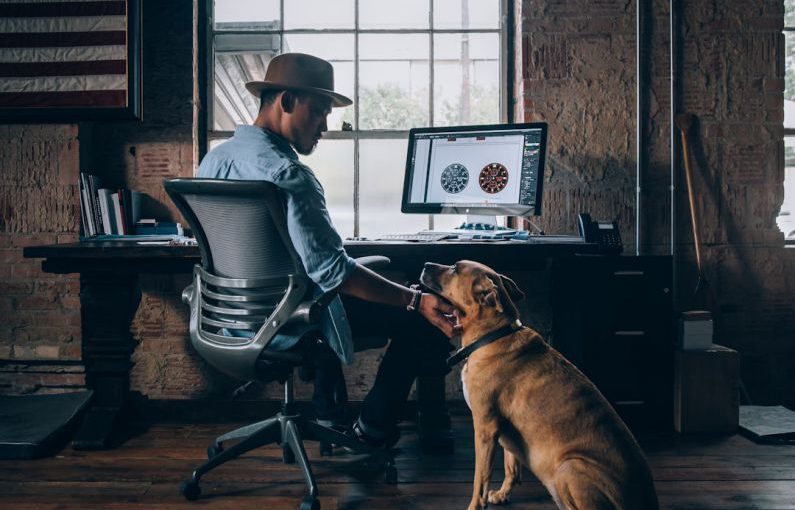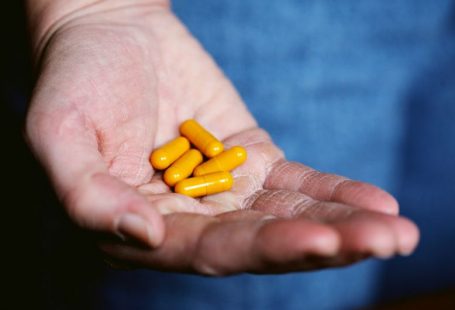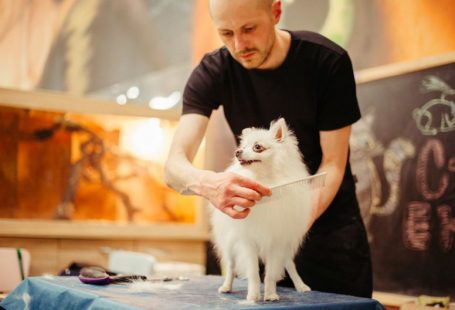Welcoming a furry friend into your home can bring immense joy and companionship. Pets quickly become part of the family, and just like any family member, their safety and well-being are of utmost importance. Creating a safe environment for your pets at home involves more than just providing food and shelter. It requires a proactive approach to identify and eliminate potential hazards that could harm your beloved companions.
Understanding Your Pet’s Behavior
Before embarking on the journey of pet-proofing your home, it is essential to understand your pet’s behavior. Different animals have distinct habits and tendencies that may pose risks in specific environments. For example, cats are known for their curiosity and agility, while dogs may be more prone to chewing and digging. By familiarizing yourself with your pet’s behavior, you can anticipate potential dangers and take preventive measures to mitigate them.
Securing Hazardous Areas
One of the first steps in creating a safe environment for your pets is to secure hazardous areas in your home. This includes blocking off access to rooms or spaces where your pets could get injured or ingest harmful substances. Areas such as the kitchen, garage, and laundry room often contain items like cleaning chemicals, sharp objects, and small items that can be choking hazards. Installing baby gates or using pet-proofing devices can help restrict access to these areas and prevent accidents.
Choosing Pet-Safe Plants
Plants can add a touch of greenery to your home, but some common houseplants can be toxic to pets if ingested. Before bringing plants into your home, make sure they are safe for your furry friends. Research pet-friendly plants or consult with your veterinarian to ensure that the greenery in your home won’t pose a threat to your pets’ health. Consider placing plants out of reach or using hanging planters to prevent curious pets from nibbling on potentially harmful foliage.
Securing Loose Cords and Wires
Electrical cords and wires can be tempting chew toys for pets, especially puppies and kittens. Exposed cords not only pose a risk of electric shock but also a choking hazard if ingested. To prevent accidents, secure loose cords and wires or invest in cord protectors to deter pets from chewing on them. Keeping cords out of reach or hiding them behind furniture can also help minimize the risk of your pets getting tangled or injured.
Creating a Comfortable Resting Space
Pets, like humans, need a cozy and safe place to rest and relax. Providing your pets with a comfortable resting space not only promotes their well-being but also keeps them away from potential hazards in other areas of your home. Consider setting up a designated pet bed or crate in a quiet corner where your pets can retreat when they need some downtime. Make sure the resting area is free from drafts, sharp objects, or other potential dangers.
Storing Pet Supplies Safely
Pet supplies such as food, treats, medications, and grooming products should be stored securely to prevent accidental ingestion or misuse. Keep these items in a locked cabinet or pantry to ensure that your pets cannot access them without supervision. Be mindful of where you store hazardous items like medications or cleaning products and avoid leaving them within reach of curious paws.
Maintaining a Clean and Tidy Environment
A clean and tidy home is not only more pleasant for you but also safer for your pets. Cluttered spaces can create opportunities for accidents or injuries, especially if your pets are prone to exploring every nook and cranny. Regularly decluttering and organizing your living space can help minimize potential risks and create a safer environment for your furry companions to roam and play.
Creating a safe environment for your pets at home requires a combination of vigilance, preparation, and proactive measures. By understanding your pet’s behavior, securing hazardous areas, choosing pet-safe plants, securing loose cords and wires, providing a comfortable resting space, storing pet supplies safely, and maintaining a clean and tidy environment, you can ensure that your pets are happy, healthy, and safe in their home. Remember, a little effort in pet-proofing your home goes a long way in keeping your furry friends out of harm’s way.





